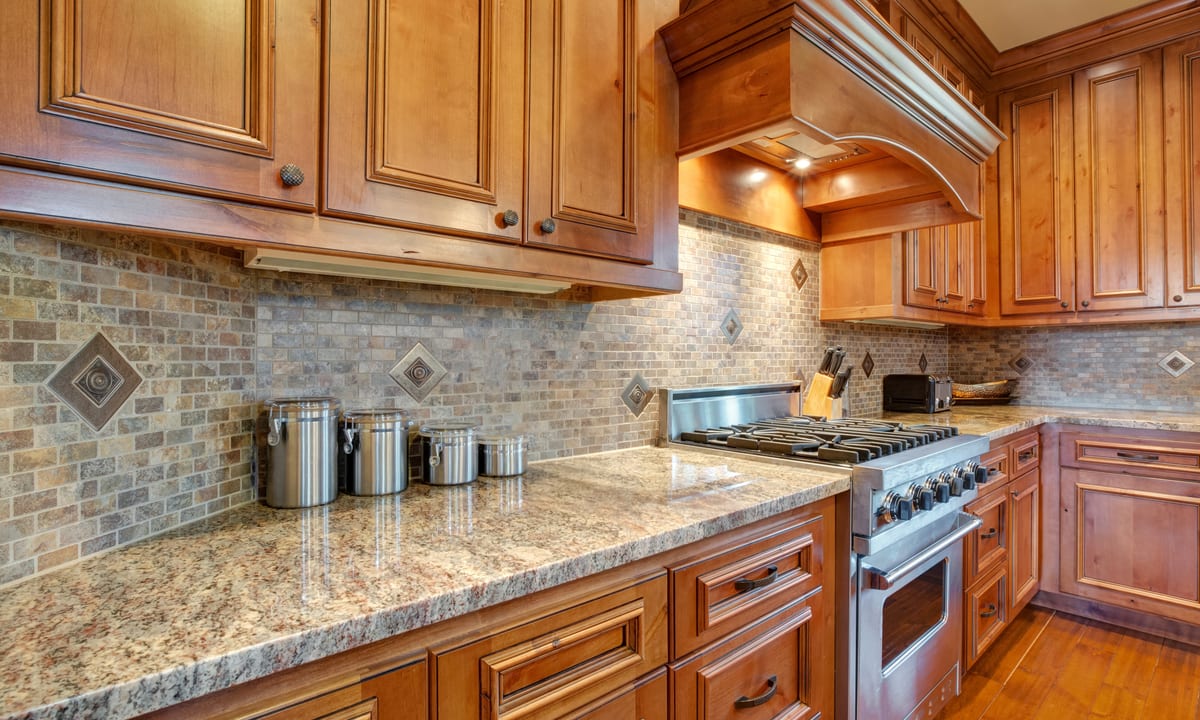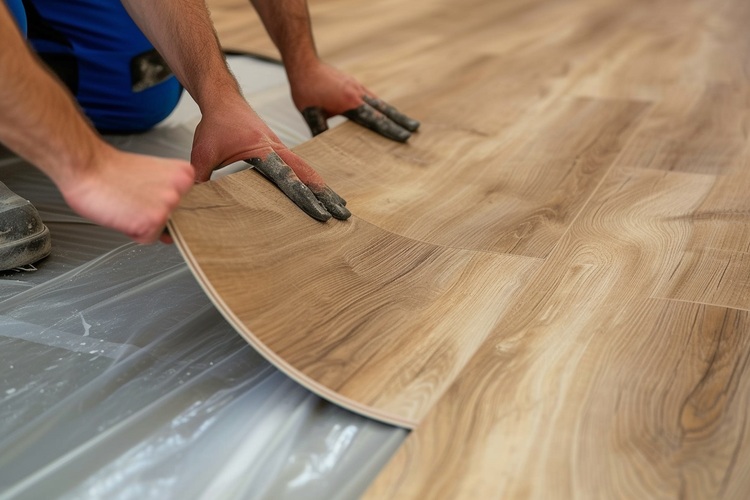Demystifying the Allure of Androgynous Fashion
In an era where boundaries are blurring and stereotypes are crumbling, one fashion trend is quietly taking the reins, challenging norms and making a powerful statement. Androgynous fashion, with its unique blend of masculinity and femininity, is reshaping the sartorial landscape, inviting us to rethink conventional notions of gender and style. Let's dive into the world of androgynous fashion, exploring its roots, evolution, and the transformative impact it's having on our wardrobes and the industry at large.

A Journey Through Time: The Genesis of Androgynous Fashion
Androgynous fashion has a rich history that stretches back to the early 20th century, when women began embracing trousers and other traditionally male garments. The trend gained momentum during the 1960s and 70s counterculture movements, with icons like David Bowie and Grace Jones leading the charge. Today, it’s a prominent fixture in the fashion industry, reflected in the collections of designers such as Gucci and Y/Project.
The Power of Fluidity: The Modern Appeal of Androgynous Fashion
This gender-neutral style has gained contemporary appeal as society grows more accepting of fluid gender identities. It’s about breaking free from the confines of traditional gender roles and embracing a style that reflects one’s individuality. Androgynous fashion is not merely a trend; it’s a powerful expression of identity, challenging preconceived notions and promoting inclusivity.
The Evolution of Androgynous Fashion: Key Milestones and Shifts
Like any trend, androgynous fashion has evolved over the years. It moved from the fringes to the mainstream, spurred by cultural shifts and the rise of gender-fluid celebrities. It has also become more inclusive, catering to diverse body types and tastes, and integrating elements from different cultures and subcultures.
The Impact of Androgynous Fashion on Shopping and Consumer Behavior
With its emphasis on individuality and personal expression, this trend is reshaping shopping habits. Consumers are more likely to shop across sections, considering fit and style over gender labels. Retailers, in turn, are rethinking store layouts and marketing strategies to cater to this shift in consumer behavior.
The Androgynous Edge: Expert Styling Tips
- Experiment with Proportions: Play with oversized silhouettes or mix structured pieces with soft, flowing garments.
- Layer Your Looks: Layering is a key element of androgynous fashion. Try pairing a blazer with a graphic tee or a masculine vest with a feminine blouse.
- Master the Art of Accessorizing: Accessories can make or break your androgynous look. Opt for unisex pieces like chunky boots, wide-brim hats, or minimalist jewelry.
- Balance is Key: Striking a balance between masculine and feminine elements is crucial. Don’t shy away from mixing and matching to find your unique style.
In conclusion, androgynous fashion is more than a passing trend—it’s a powerful statement of individuality and a celebration of fluidity. As we continue to break down gender barriers and redefine norms, it’s clear that this style will continue to evolve and influence the fashion landscape. Whether you’re a fashion enthusiast or a casual observer, understanding androgynous fashion offers a fresh perspective on the dynamic interplay between fashion, identity, and society.




